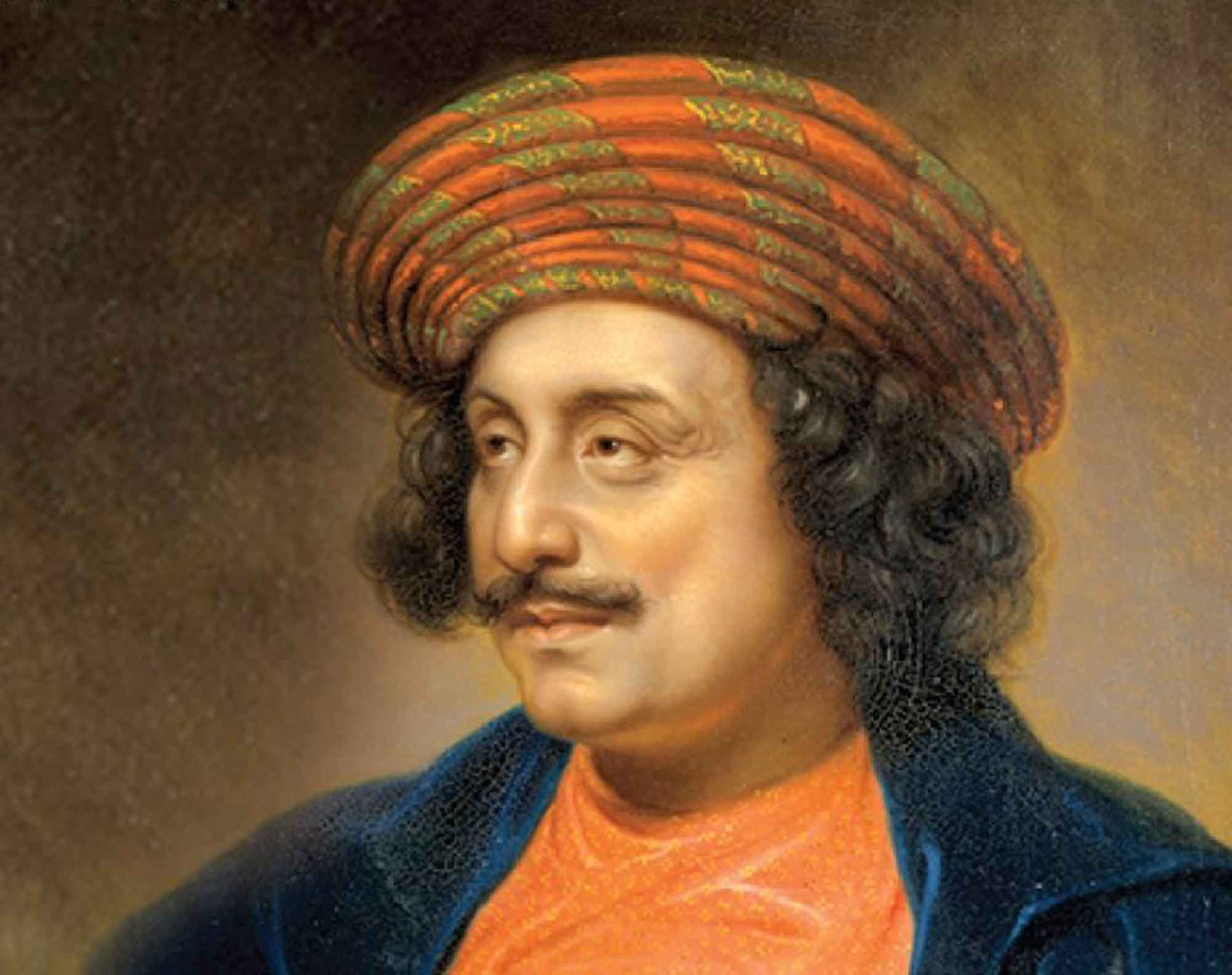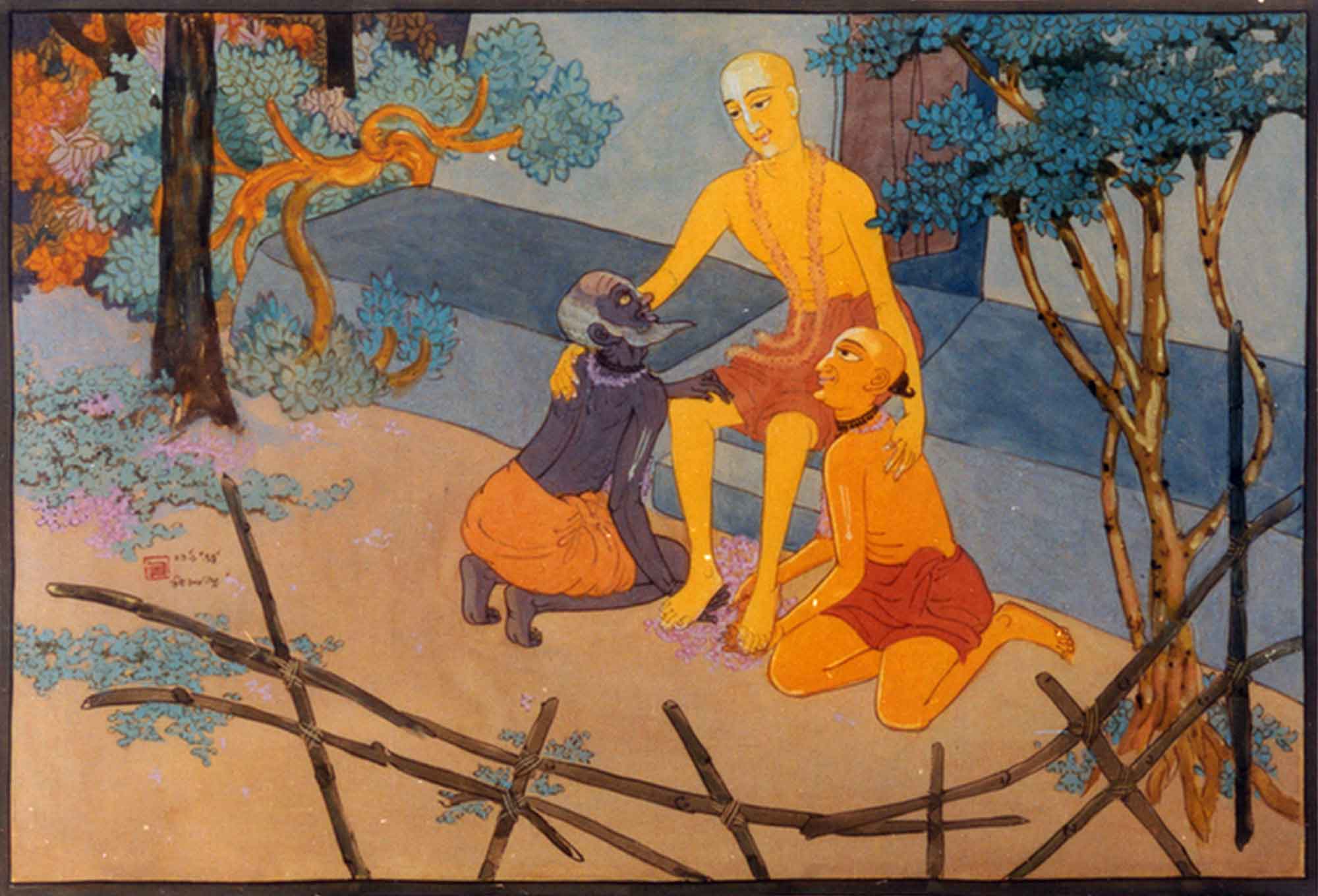Overview
This article, 'Buddha-Gayā' was written by Bhaktivinoda Ṭhākura in Sajjana Toṣaṇī, Vol.7, issue 1 in 1895. Bhaktivinoda reports on a meeting amongst the paṇḍita community of Gayā to ascertain the significance of Bodhagayā for Hindus.
(translated by Swami B.V. Giri)
It was written in the Education Gazette – “The leading gayāpal–purohita, Śrīyuta Balagovinda Sena invited the paṇḍitas of Gayā to his residence to resolve the issue of judging whether there was any Hindu connection to the Buddha-Gayā temple. After the scholars discussed the matter thoroughly, the following arrangements were made:
“The sacred temple of Mahā-bodhi has existed long before the birth of Śakyasiṅgha. Starting from before Śakyasiṅgha, Hindus still worship Mahābodhi and Bodhi-druma.* Buddha is the ninth avatāra of Viṣṇu. There are rules for worshiping the Buddha in Hinduism, and the deity in the temple is a deity of Buddha. The temple is not a Jain temple. There is no prohibition for Hindus to enter it” – fifty-five scholars have signed this document.
Translators Note: Bodhi-druma refers to the tree under which Buddha sat and meditated.
We can observe from all the Hindu śāstra and Buddhist texts that the dharma which was prevalent in India during ancient times contained the seeds of karma-khāṇḍa and jñāna–khāṇḍa. As the two young trees grew and flourished, the branches of the two trees began to compete with each other. At some point, the branches of the tree of karma-khāṇḍa expanded and made the tree of jñāna–khāṇḍa weak. When the tree of jñāna–khāṇḍa flourishes, the tree of karma-khāṇḍa is stunted. As much as the ācārya is a strong gardener, to that extent he can make the tree strong.
Buddhism is the unaltered form of the tree of jñāna–khāṇḍa. At some time. the strength of an ācārya weakened the tree of karma-khāṇḍa. When the ācāryas of karma-khāṇḍa became strong again, the jñāna stupas established by the ācāryas of jñāna–khāṇḍa were converted into karma stupas. As Buddhism was particularly strong in the province of Magadha, the rivalry between jñāna–khāṇḍa and karma-khāṇḍa was so fierce that it is now difficult to decide which temple was established first by an ācārya.
Such debates between Buddha-Gayā and Viṣṇupāda will go on forever. Since the modern Buddhists are attempting to establish Dharmāraṇya and Buddha-Gayā as their own, the aforesaid endeavours from the karma–khāṇḍīya section has naturally raised its head. Let us see what happens next. Vaiṣṇavas are neutral observers in the war between the followers of karma-khāṇḍa and jñāna–khāṇḍa.













